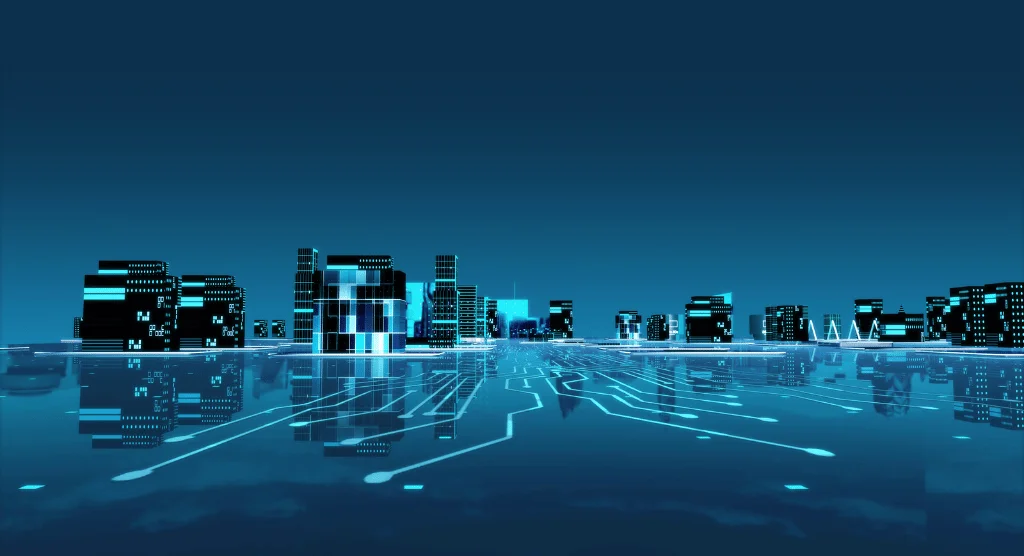Lighting is one of the most important aspects of 3D modeling. It can help you create mood and emotion, but it also needs to be realistic. Lighting doesn’t always have to be perfect—in fact, it rarely is—but if your lighting looks fake or unrealistic, then it will take away from the rest of your model. In this article, you’ll go over a few tips for creating realistic lighting.
Start with Real World Lighting
If you’re new to lighting, start with some real-world reference material. That way, you can use your own home as a starting point for creating 3D lighting effects. You could also use images of other rooms in your house or even photos of places that you know well outside of your home. The more familiar you are with the space, the easier it will be to recreate it in 3D using light and shadow effects.
Once that’s done, import the photo into Maya and create a model of your environment (make sure it has good polygon counts). Then set up lights at different angles, so they reflect off surfaces like walls and floors realistically—again, this is where Maya’s mental ray rendering engine comes into play—and then render out the image for final output!
Adobe 3D AR experts, “One-point lighting is a great tool to create dramatic, high-contrast scenes.”
Use Colors to Focus Attention
Using color to draw attention and show mood is a great way to make your scene more realistic.
- Show the mood of the scene using a specific hue (e.g., blue for sadness).
- Show the time of day through light sources, such as sunset or sunrise.
- Show the season by showing white snow in winter and green grass in summer.
Take Advantage of Shadows
One of the most important ways to create a realistic 3D scene is by using shadows. They add depth, show size and shape, and position objects in space. Shadows can also be used to create dramatic effects such as light beams or glares.
As you get started with lighting your scenes, keep these tips in mind:
- Use shadow maps for the best quality results (see below for more details).
- You can use caustics instead of shadows for light sources that are close enough to cast shadows onto other objects (like a lamp).
Find the Right Brightness with Your Lights
The brightness setting is used to control the intensity of your lights. It is a multiplier for the emission value, so it can be thought of as controlling how much light is emitted from each light source (0 = no light, 1 = maximum light).
Give Your Light an Emission Texture
Another option is to use an emission texture. This can be used to create a glow around your light source. It’s perfect for spotlights or when you want to add a bit of realistic detail to your lights. The texture should be white with a slight gradient and will appear as a cloud around the light source.
For these reasons, creating realistic 3D lighting can be challenging. However, with some simple tips in mind, you can start to create realistic 3D lighting that looks like it’s been taken from the real world.

